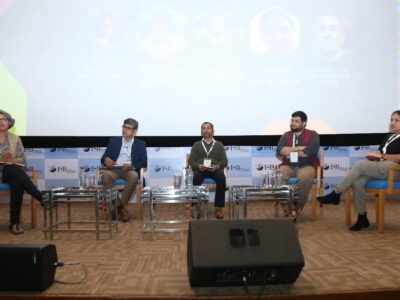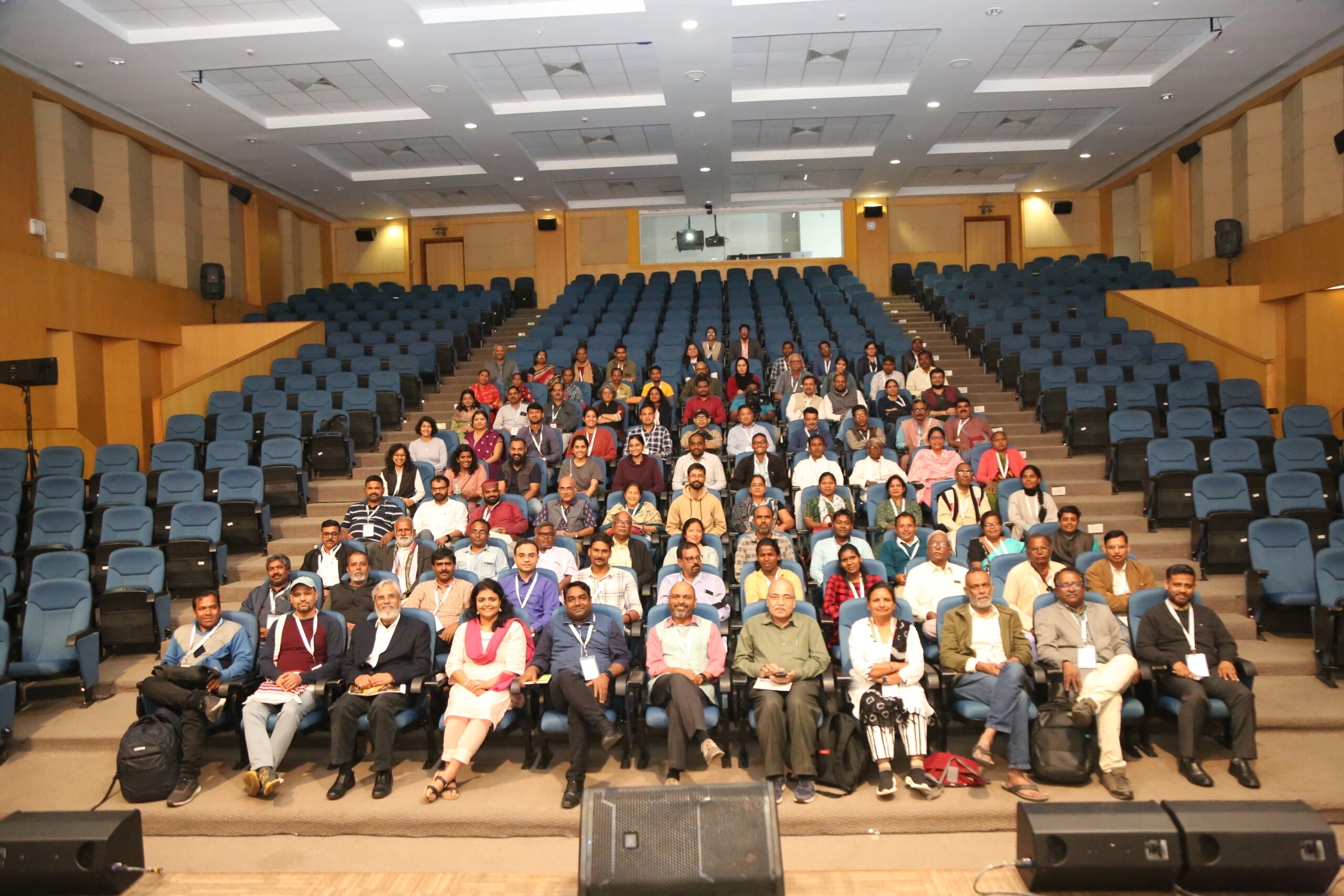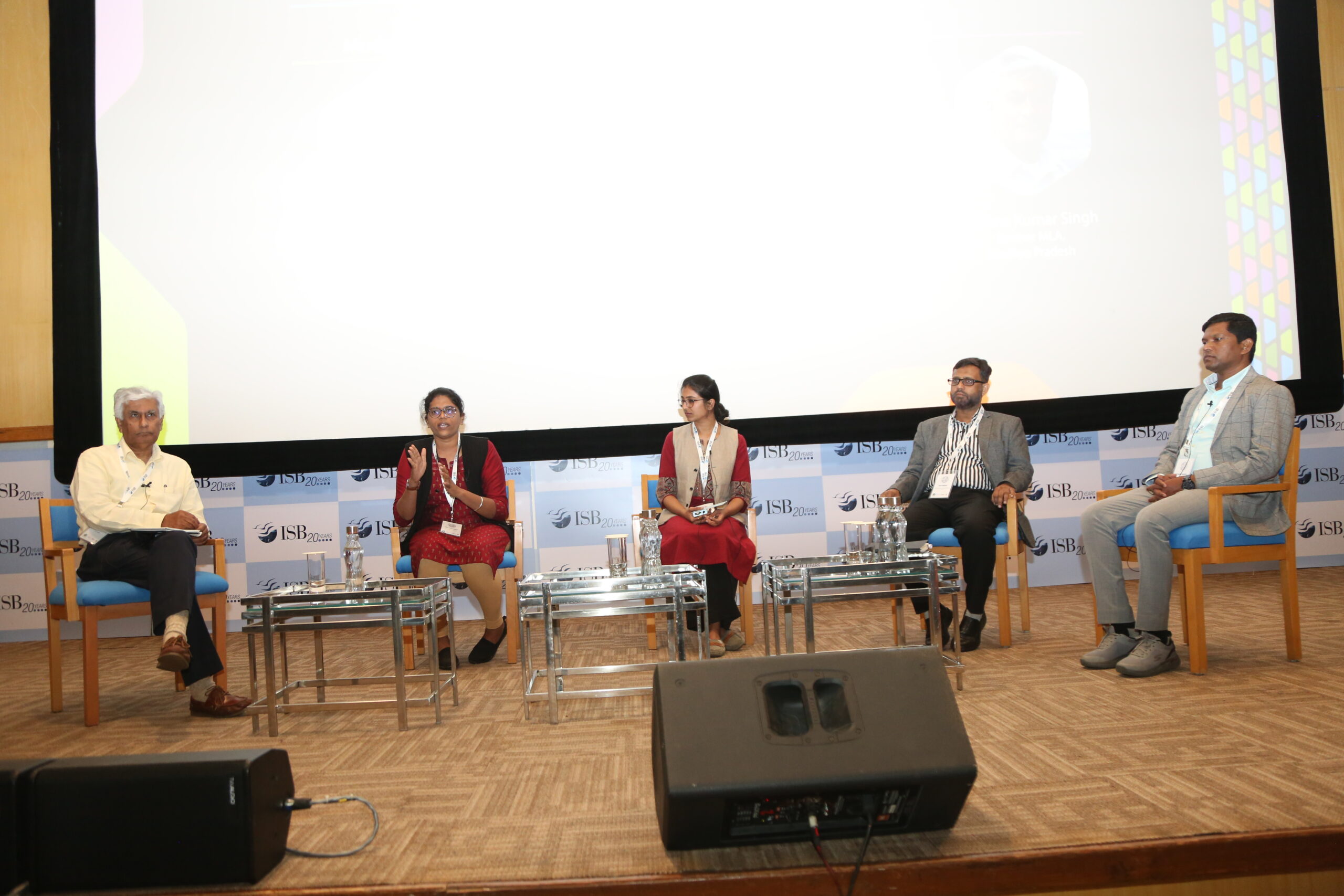LE Dialogue : Challenges in Supporting Community Mobilization

Community leaders, who actively mobilise and build the capacity of local communities, discussed forest-based collective action in their regions during the final session of the learning exchange.
Key Highlights of the Dialogue:
The dialogue revolved around the challenges and collaborative solutions needed for community mobilisation to achieve the full potential of secure tenure through CFR.
Creating a People’s Movement:
The Forest Rights Act 2006 has legalised community forest rights, a key tool for developing a new vision of forest governance and management. However, it is impossible to realize this new vision without community mobilization and, by extension, capacity building. CFR is a question of community realization. There can be four such realization reference points:
- FRA is more radical and progressive than land reform.
- The FRA is one of the best laws for the tribal community
- FRA addresses concerns about intergenerational equity.
- Community-based management builds resilience and protects forests from the climate crisis.
FRA is a long-term solution for creating sustainable livelihoods for tribal communities. However, claim generation is not merely a technical process. FRA is a framework to record traditional rights, so the approach must be different for different communities, such as displaced communities, PVTGs, shifting cultivators, SFP gatherers, agrarian communities, etc.
The assertion of rights during the claim process is equally important. Civil society also needs to be resilient, adaptive and continue to learn and innovatively respond to setbacks. This entails creating strong documentation, taking legal recourse wherever applicable, and adopting the latest technology wherever possible. The work done in Narmada district, Gujarat, is a testament to the fact that being relentless pays. Today, 90% of IFR claims have been recognized, and almost all villages in the district have earned community forest management rights.
Role of Administration in Community Mobilization:
Government, especially district administration, can play a significant role in community mobilisation for CFR implementation. However, the administration can also undermine the act by acting against the letter and spirit of the law. A case in point is Himachal Pradesh, where the government drove the FRA implementation only in tribal areas as per their misinterpretation of the law.
Maharashtra is a good example of this experience. The Collector of Gadchiroli district took the initiative to distribute Nistar booklets to each claimant village, and this helped a lot in the claim process since the forest rights and boundaries were clearly mentioned in this evidence document. Many villages have now started getting fair compensation for forest diversions like tower installations. The government has also given guidelines on how to use the DMF fund. Gondwana University is a knowledge partner to the government’s Ekal Center, which was founded to conduct training and teach courses on the implementation of FRA (2006) for Gram Sabha members. There is also a vibrant network of civil society and state actors called the Maharashtra CFR. The network continually meets to further the discussion on aspects of CFR and FRA while providing the required mobilisation support to this government initiative. So, the Maharashtra experience indicates that mobilization gets upscaled when the administration comes into the picture.
Panellists:
- Akshay Jasrotia, Kisan Sabha, Himachal Pradesh
- Ramesh Sharma, Ekta Parishad, Madhya Pradesh
- Trupti Parekh, ARCH Vahini, Gujarat
- Dr. Satish Gogulwar, Amhi Amchya Arogyasathi, Maharashtra



